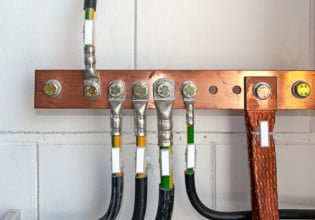EnergyStar® Memo Clarifies Testing and Qualification Criteria for Multiple Standby and Low Power Mode TVs/VCRs
The EnergyStar® program of the Environmental Protection Agency (EPA) and Department of Energy (DOE) issued a memo to stakeholders clarifying how TVs with multiple standby or low power modes should be tested and qualified under the current Version 2.2 EnergyStar TV/VCR specification. The memo was issued in response to recent inquiries from partners regarding how to test these models.
Under the Version 2.2 specification, the EPA considers a model to have multiple standby modes if there is more than one low power mode that the TV can be in when it is not performing its primary function of displaying a picture. As currently written, the Version 2.2 TV/VCR products specification allows TVs with multiple standby modes to earn the ENERGY STAR as long as they meet the current ENERGY STAR specification (one watt for most models) when tested in the most energy consumptive standby mode. Specifically, Section 5.C.8. reads: "If the device has different standby modes that can be manually selected, the measurement should be taken with the device in the most energy consumptive mode."
Some manufacturers had asked if setting the most energy-efficient of two or more standby modes as the default would be acceptable, and allow models to qualify. Of note, the Version 2.2 specification does not address default modes when shipped to the consumer. While EPA encourages manufacturers to ship their models in the lowest power-consuming mode, this action alone will not ensure that a product qualifies. EPA's rationale is that if a user switched to the higher standby mode, the model would no longer be able to meet the ENERGY STAR specification but would continue to misleadingly feature the ENERGY STAR mark. The EPA concluded that it is committed to delivering on expectations about ENERGY STAR by ensuring that products perform at the levels promised.






